
Natalie Berry reviews Vertebrate Publishing's new English edition of Roger Frison-Roche's classic Premier de Cordée, but gets a bit distracted en route by his remarkable life and retraces his footsteps in Chamonix...
In the Chamonix Valley, 'classic' is a label attached to countless routes and bandied around in the bars and bistros when describing climbs both bagged and prospective. The Rockfax guide chimes in: 'Considered by many to be the best route of the Brévent [...] the final pitch would be a classic at any crag.' I had high hopes, and I wasn't disappointed. The 6 pitch Frison-Roche (TD- 6a) (TD- 6a) was a grand day out on a small-scale multi-pitch adventure.
Still dizzy with inspiration - and perhaps the altitude - I wondered about the route's history. Who was Roger Frison-Roche? Contrary to popular (and my own) belief, Frison-Roche did not make the first ascent. The line was established by H. Beaujard and Jean Simond in July 1906. When Frison-Roche top-roped the final corner pitch in 1943, the climb was named after him. Why this particular pitch at this particular time? I didn't know the backstory, but the fact that this route bears his surname surely must mean he's a man of import. Schools, town squares, a crag and even running trails in the Savoie département also honour him; despite his death in 1999, Frison-Roche is omnipresent. I knew he was a mountain guide, but research reveals the many layers of a man who led an extraordinarily varied life. A veritable touche-à-tout, as the French would say.
When I was asked to review a new English edition of his 1942 novel Premier de Cordée, I felt an immediate connection by dint of having climbed the Frison-Roche. I soon realised that to read Premier de Cordée, or First on the Rope, is to gain an insight not only into the life of its author, but also his philosophy on life. I was left wanting to know more about the man behind the name.
Frison-Roche's polymath abilities enabled him to turn his hand to an astonishing list of vocations, pastimes and experiences, as a courier for Thomas Cook travel, alpinist, guide (the first 'étranger', or non-Chamonix native to be accepted into the Compagnie des Guides, of whch he would later become dean), interpreter, ski instructor (the first to be qualified in France), 1924 Winter Olympic Games secretary, climbing school founder (at Les Gaillands), brasserie owner, author (of over 30 books), journalist, war correspondent, prisoner of war, Resistance fighter, liaison officer, explorer, president of the Union Internationale des Guides de Montagne and worthy Légion d'Honneur recipient alongside his duties as a devoted husband and father. Quelle vie!
Although born in Paris, Roger Frison-Roche seemed destined to return to his family's Savoyard roots. In his late teens he discovered his love for the mountains and spent time in the Beaufortain and Chamonix, where he became the secretary of the first Winter Olympic Games in 1924. Aside from his climbing and guiding talents, Frison-Roche had a knack for communicating his love for the mountains - and deserts and cold climes - to a broad audience. In 1932, he was a reporter for the first radio program to be transmitted from the summit of Mont Blanc.

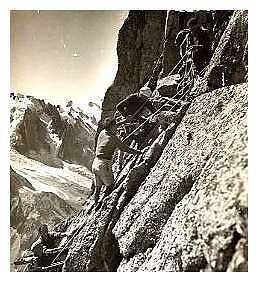
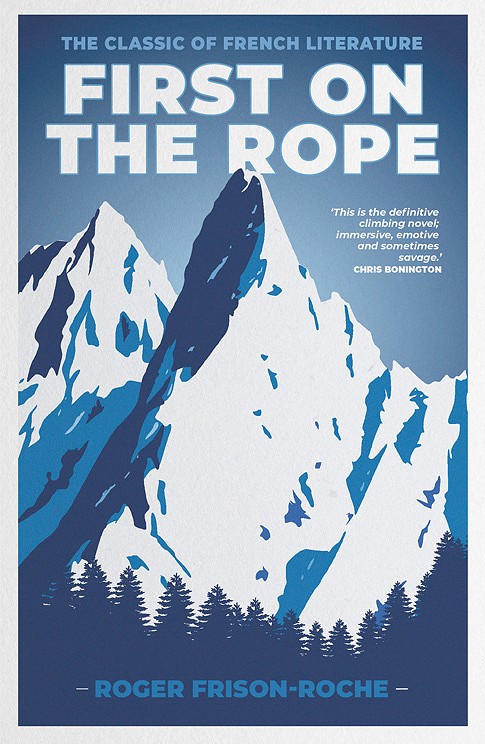
First on the Rope is a novel depicting the trials and tribulations of life as a mountain guide in the Chamonix Valley in the 20s and 30s, and the reverberations that such a high-risk vocation can have on close-knit mountain communities. Although fictional, it's clear that some elements of the story are semi-autobiographical, with Frison-Roche's personal experience as a member of the venerable Compagnie des Guides colouring his characters and informing both the plot and rivetingly detailed climbing scenes. Frison-Roche's heirs explain on their website that traits were borrowed from his contemporary alpinist friends in the valley, such as Armand Charlet - with whom he made the first winter ascent of the Aiguille de Bionnassay in 1928 - Alfred Burnet, Alfred Couttet and American mountaineer Harold Snell (yes, the founding Snell of Snell's Field and Snell Sports). 'Red Joseph' or Joseph Ravanat, is a reincarnation of the Chamonix pioneer and guide Joseph Ravanel, 'Ravanel le Rouge,' who selected a young Frison-Roche as a porter for an ascent of Mont Blanc in 1925. Surnames, place names and of course the names of iconic peaks will be familiar to anyone who has spent time in Chamonix, as well as Frison-Roche's evocative descriptions of the ways in which light, weather and the seasons shape the Valley.
'This is the definitive climbing novel; immersive, emotive and sometimes savage,' boasts Sir Chris Bonington's cover blurb. He's not wrong.
Cliché it may sound - another story about a group of men risking life and limb to conquer peaks, is it? - this story is multi-layered and more nuanced than your average mountain drama tropes. Although primed by his parents for a comfortable life running the family hotel business, young Pierre Servettaz aspires to become a mountain guide like his father Jean and generations of male relatives before him. Going against the grain doesn't appeal to Pierre, who is instinctively 'drawn to the peaks by ties of blood and birth.' Tragedy and a near-miss on the mighty Dru and the resulting impact on the community reinforce the dangers of the profession: can Pierre marry his passion to the risks, as he prepares to marry his beloved Aline? Having researched Frison-Roche's life, it's clear to me that he imparted some of his own characteristics and experiences when sketching Pierre's outline. The author focuses on developing the non-climbing characters as much as the mountain guides, and appears to be answering the question 'Why do we climb?' through their actions and exchanges. Explorations of solidarity, fear and loss add depth to the story and balance any perceptions of macho conquering. It's more an exploration of mountain culture than a high octane mountain thriller, without glossing over the often grisly truths. I'm not usually a fan of fiction, but this story blurs the lines somewhat between autobiography and fiction, while familiar scenes and sentiments trigger memories of readers' personal adventures in the Alps.
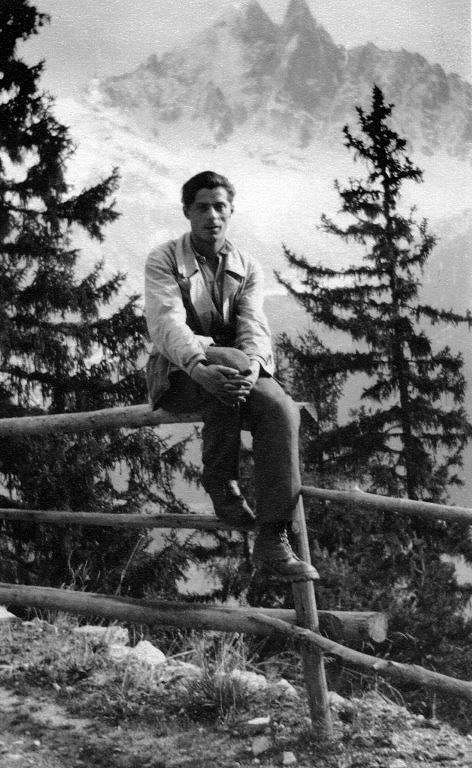
Like the poet and painter John Ruskin before him, Frison-Roche was evidently captivated by the mountains of the Chamonix Valley. While Ruskin observed Mont Blanc and its satellite peaks from the foot of Planpraz - beside a boulder now named the Ruskin Stone/Pierre à Ruskin - Frison-Roche was particularly fond of the Brévent summit as a viewpoint. In his autobiography Le Versant du Soleil, Frison-Roche describes his 17-year-old self waking up on Brévent and watching the first pink rays of the sun touch the summit of Mont Blanc, 'awakening the world,' while the sleepy Chamonix valley stirred in the darkness below. 'I was witnessing this daily miracle. A wonderful feeling! At seventeen I had a taste of the same emotion that had decided [Horace Bénédict de] Saussure's vocation. And, like him, I knew from that day that I would not leave the mountains. My vocation was mapped out,' he wrote of this defining moment in his memoir. 'Never again, I believe, have I found this original sensation experienced on the Brévent.' The Brévent was a frequent haunt and jaunt for the Chamonix guides, but this formative episode was perhaps a more profound source of inspiration for a key scene in First on the Rope being played out on the mountain. Compare Frison-Roche's experience with Pierre's in Premier de Cordée:
'A thousand metres below his feet was the black hole of the Valley; opposite him the chain of Mont Blanc, which had seemed to grow higher the further he climbed, had now resumed its normal dimensions. Its topmost dome rested, like the dome of a Byzantine cathedral, on the intricate architecture of the Aiguilles, whose outline was sharpened by distance. They formed a forest of stone where pillars, towers, campaniles and turrets, all decked with snow, crowded together in fine confusion. The Bossons and Taconnaz glaciers, seamed with lateral crevasses, crawled lazily down like enormous reptiles.
It grew colder; Pierre's teeth began to chatter, but he could not tear himself away from the sight of yet another sunrise. In one second everything seemed to take on a new freshness and purity. A tiny pink glow rested on the summit, though its source remained hidden somewhere in the east, where faint glimmers showed in the sky, and as dawn came up the air grew lighter. Pierre could have burst into song; every fibre of his being reached out to welcome this renewal of life.'
Today, the entire East Face of the Brévent is an homage to the grand homme, with three classic routes perpetuating his literary legacy: Frison-Roche (TD- 6a), La Piste Oubliée (TD 6b) (another of Frison-Roche's books), Ex-Libris (TD+ 6b), and the fierce Premier de Corvée (ED2 7a).
The scenes depicted by Frison-Roche are romantic, conjuring images of virgin peaks, unclimbed lines and semblances of an untouched landscape that we have by now well and truly manhandled. Tourism in Chamonix was burgeoning in the 1920s and '30s, with the Montenvers railway well-established and the construction of the first cable cars underway. While reading, I can't help but feel an odd sort of nostalgia - or perhaps guilt, since I do live here after all - that this picturesque little town and its environs have become victims of their beauty and popularity. As Madame Servettaz tends to the family chalet in a quaint hillside hamlet, renovated by Jean to be run as a hotel, there are echoes with the modern-day tourism industry with its money and cosy fires and pollution. The thin end of the wedge that has caused the glaciers to wane. Chamonix's spills and thrills might be eternal, but its picture-postcard glaciers and fresh alpine air are in decline.
It's also worth praising Janet Adam Smith, whose excellent translation enabled this latest edition and whose work Frison-Roche reportedly thought highly of. Unsurprising, really, that these two skilled climbers and polymaths were on the same wavelength, or rope length, perhaps. Upon her death in 1999, BBC broadcaster Leonard Miall wrote in The Independent: 'Biographer, mountaineer, critic, literary editor, textual scholar, comic versifier, visiting professor, hostess, anthologist, traveller – there seemed to be nothing at which Janet Adam Smith did not shine. And she shone with an intensity that made others glow in response.' One can't help but imagine them working together as fitting compagnons de cordée.
First on the Rope is a classic book, written by a philosophe montagnard who was one of the earliest and most successful communicators of the climbing and mountaineering life, amongst his many talents. Frison-Roche's name lives on locally through the eponymous climbs, places and institutions, but his story - and that of early 20th Century mountain guiding - will now reach a modern, international audience through Vertebrate's reprinting of this classic novel in English - and perhaps inspire a whole new generation of alpinists. Next on the ticklist, La Piste Oubliée (TD 6b), Ex-Libris (TD+ 6b) and Premier de Corvée (ED2 7a). Any volunteers to be first on the rope...?
Visit the Frison-Roche family website.
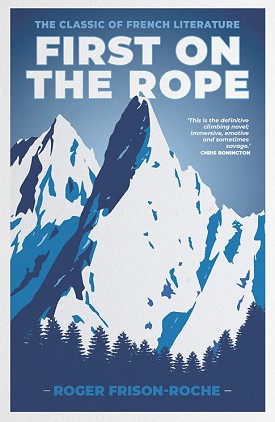
First on the Rope – the acclaimed English translation of the French fiction classic Premier de Cordée by Roger Frison-Roche – is a tale about the harsh lives of mountain guides and their families in the French Alps in the 1920s and 1930s.
First on the Rope epitomises the rhythm of mountain life, the clanking cowbells and the gurgling streams set against the formidable grandeur of the ice and rock. Equip yourself for an immersive and emotive experience in the high Alps.
For francophones, an interesting video about Frison-Roche's life and writings:
- ARTICLE: International Mountain Day 2023 - Mountains & Climate Science at COP28 11 Dec, 2023
- ARTICLE: Dàna - Scotland's Wild Places: Scottish Climbing on the BBC 10 Nov, 2023
- INTERVIEW: BMC CEO Paul Davies on GB Climbing 24 Aug, 2023
- ARTICLE: Spectacular Sights at Great Height - Visual Phenomena in the Mountains 27 Mar, 2023
- ARTICLE: Using OpenAI to Create Climbing Content and Images 27 Dec, 2022
- ARTICLE: COP27 and the Cryosphere - No Mountaintop Miracles 11 Dec, 2022
- ARTICLE: Coronation Coincidence: Everest 1953 and Queen Elizabeth II 13 Oct, 2022
- ARTICLE: Meet Ralph, the First Canine Compleatist of the Grahams 4 Aug, 2022
- ARTICLE: Climbers and Guides Adapt to Changing Climate and Landscape in the Alps 28 Jul, 2022
- ARTICLE: Earth Day 2022: Climate Change and Mountains - The Latest Science 22 Apr, 2022



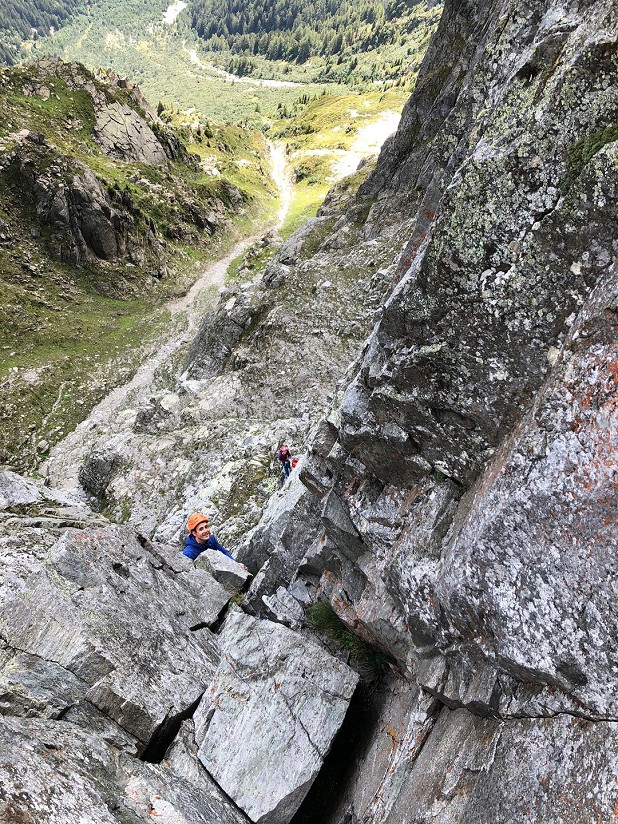
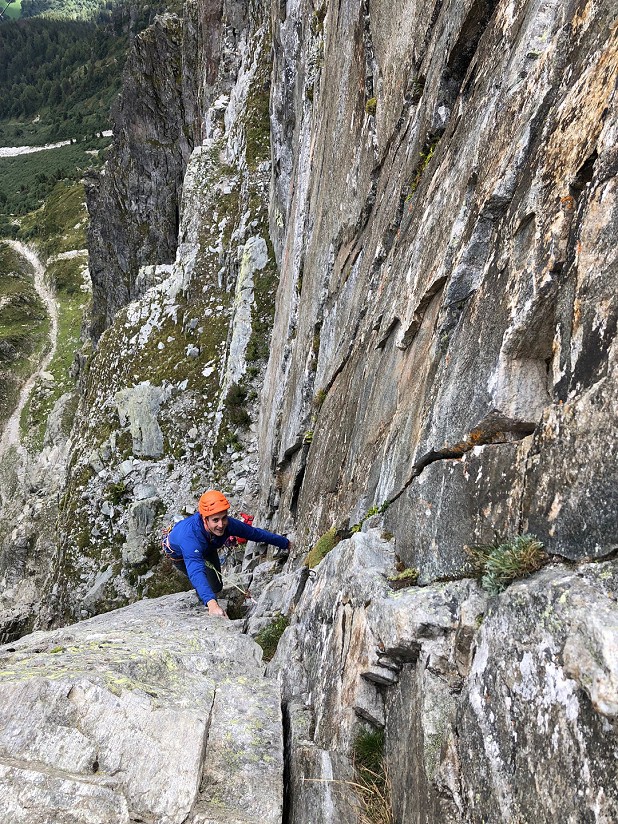

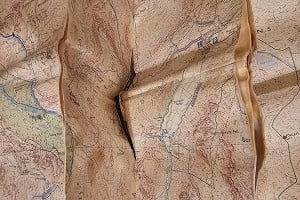
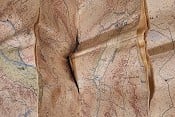
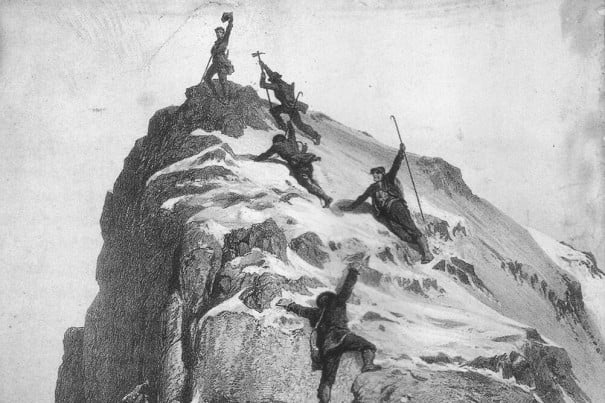

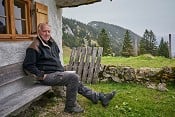
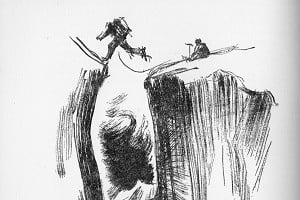

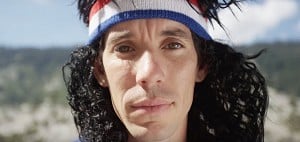

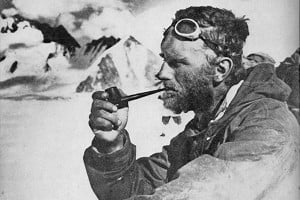

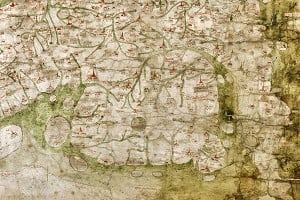
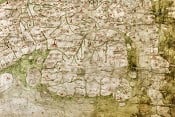

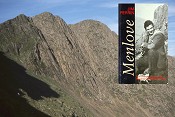
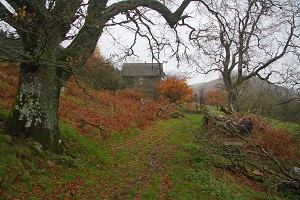
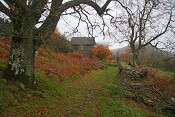
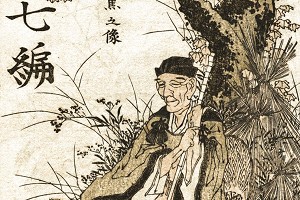
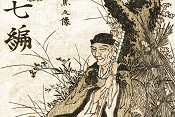
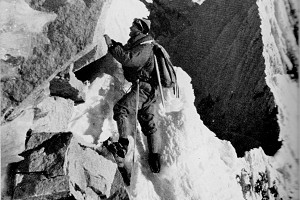
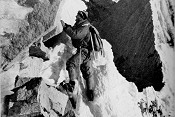
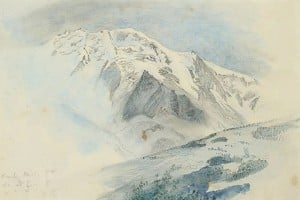
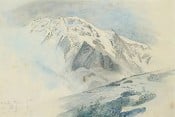
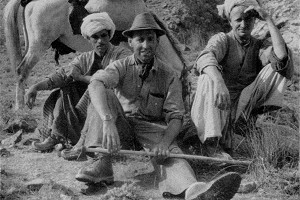
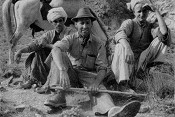
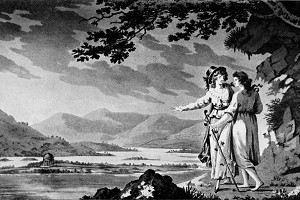
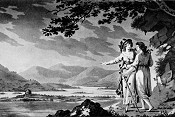
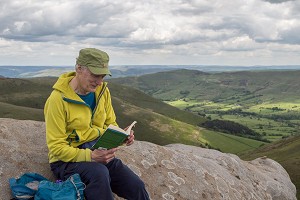
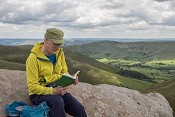
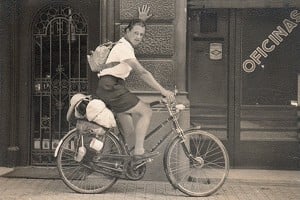
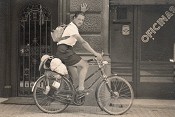
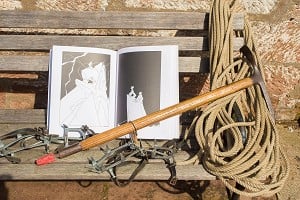

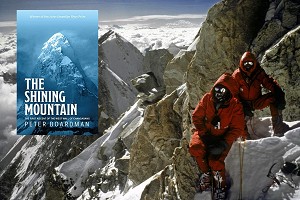

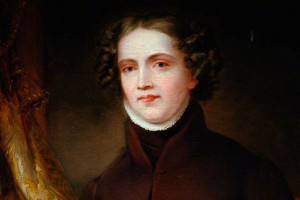
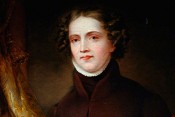
Comments
Thanks for that, article, I really enjoyed reading it. I haven't read First on the Rope, which is a bit of an omission on my part.
I'd love to see the 1944 film, did you ever see it available anywhere?
Fabulous review and biography - I'll have to get a copy.
I'm with you on ambivalence about the Chamonix valley - love the place on the one hand, and on the other hand I'm horrified. Got to give it to the local government, they seem to have balanced growth with keeping (some of) the ambience of decades ago.
Thanks!
Thanks, never heard of this before. From the article it sounds like this is a singular piece of writing, yet it doesn't seem to be on the radar of British readers. This is odd when you consider the popularity of "Conquistadors of the Useless". Perhaps its down to "First on the Rope" being a novel rather than autobiographical, and Frison-Roche's lack of upward achievement when compared to Terray. I will have to look it up if I ever get through the pile still awaiting my attention.
Thanks for another great article Nat. I'll be reading First on the Rope on my kindle tonight :o)
Hi Dom,
There are some very short clips online if you search 'Premier de Cordée film 1944' and there was a more recent adaptation of the book in a 1999 film. I've been in touch with Roger's daughter Martine and could ask if any digital copies exist, if you like?
Yes, I think Frison-Roche was less well-known as a climber (but who could blame him with all the other stuff he did!) and fiction is probably a deterrent for some people (I'm not a fan of fiction, either). This book is more 'autofiction' though.